Hawai’i is the third largest island in the Pacific after the North and South Islands of New Zealand. Each has a reputation for beautiful landscapes but all have experienced extraordinary losses of their unique flora and fauna.
When man arrived on Pacific Islands, most low altitude habitats were rapidly degraded and indigenous species either lost or pushed into rapid decline; but sadly many people fail to recognise the problem.
On islands where there are higher altitudes many indigenous species cling on, but invariably they are compromised in some way, in particular by introduced pests.

To the casual observer Pacific Islands appear idyllic and it might seem peevish to dwell upon their environmental problems, but the losses are impossible to ignore. The Hawaiian Islands exhibit one of the highest species extinction rates of recent time, with New Zealand running a close second.

A NEW ZEALAND STORY: When I first visited the Coromandel Peninsula – not far from where my family and I once lived on New Zealand’s North Island, the experience turned out to be very much different from expected. It was perhaps too hopeful to see expansive forests of native trees – there is a forest park here, but the ancient native forests have mostly been replaced by serried ranks of introduced commercial radiata pine along with open pasture, and this was a double disappointment.
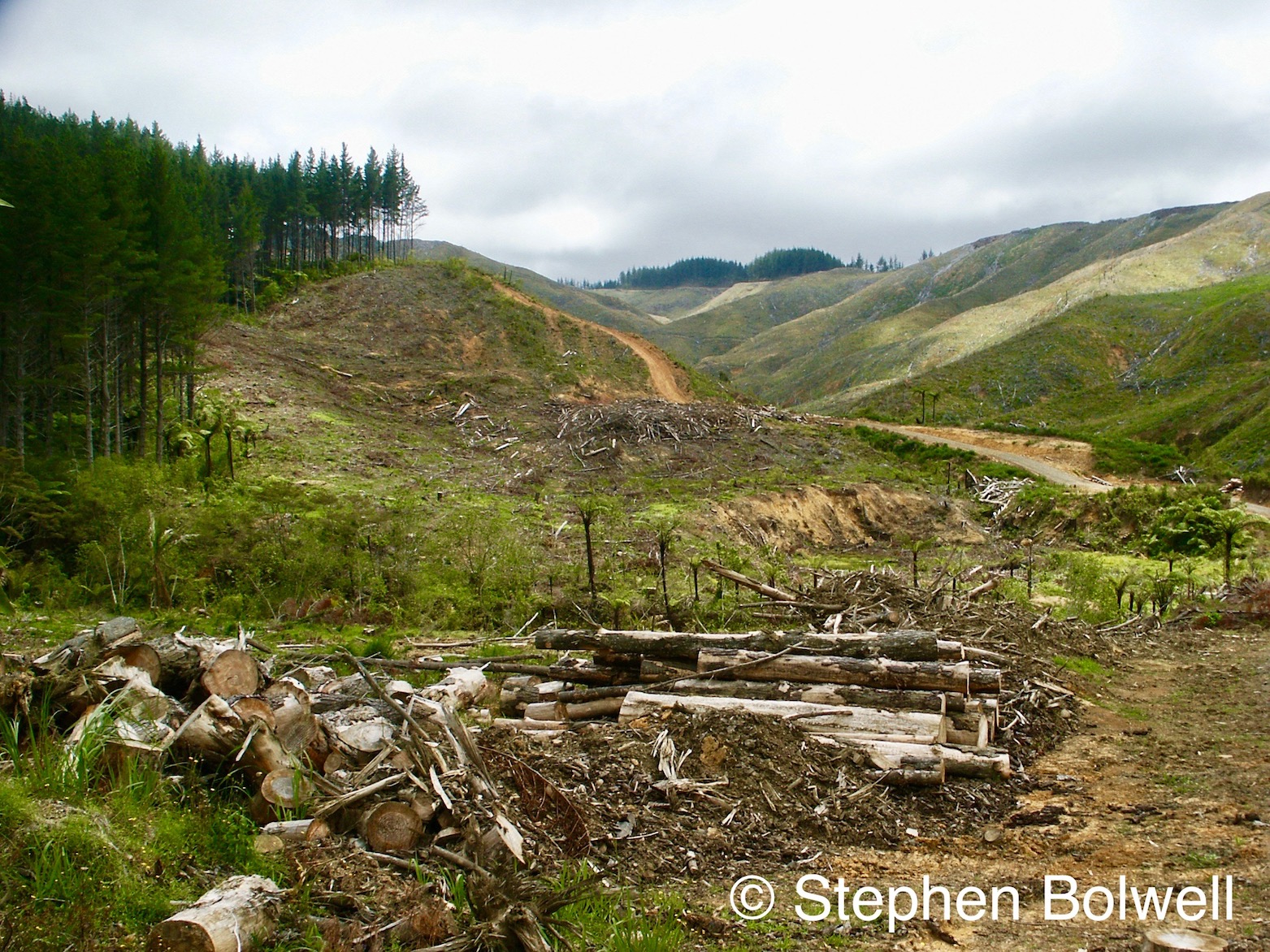
Ironically, Pinus radiata does not grow well in its native habitat around Monterey in California, and do much better as plantation trees in a goldilocks zone that runs in a band around the Southern Hemisphere. Growing quickly in their ‘new environment’ they may be cropped in a little over 30 years. Such rapid development makes the wood almost useless unless pumped with unpleasant chemicals to preserve the timber from the elements. There is no shortage of Pinus radiata growing on the Coromandel, but at least the Peninsula’s agreeable coastline of beaches and cliffs is cloaked in native pohutukawa trees. Sadly, some trees are prone to suddenly die: this correlates directly with a tree’s growth spoiling somebodies cherished view.
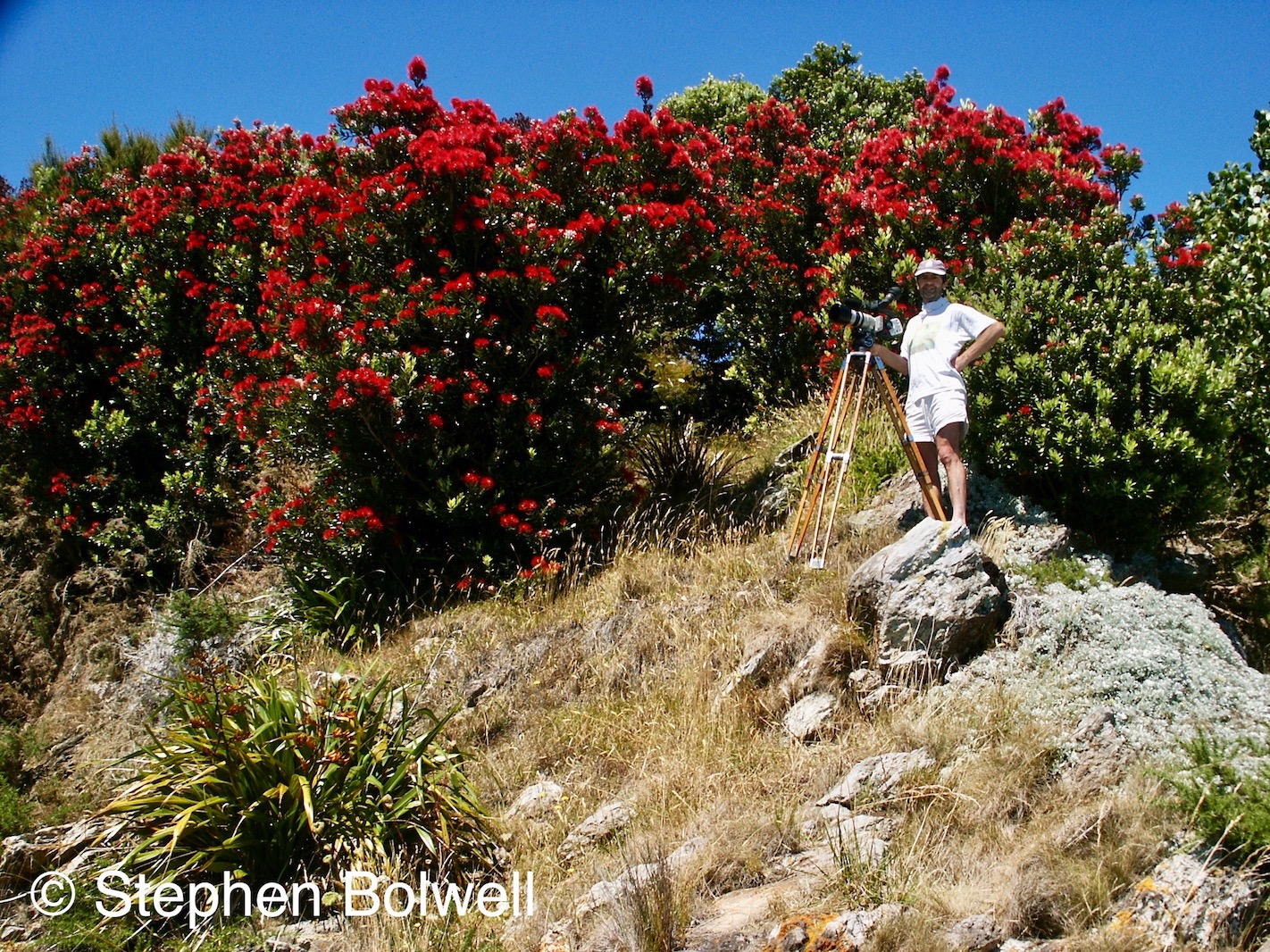
The beauty of the Coromandel relies heavily on narrow bands of coastal pohutukawas. They are visually impressive trees, especially when viewed from the sea, hanging on cliff faces. Known as the New Zealand Christmas tree, they flower spectacularly from December into the New Year.
However, once up the beach and through the trees, we discovered the landscape changed rapidly to farmland not dissimilar to the countryside we had so recently left behind in Southern England.
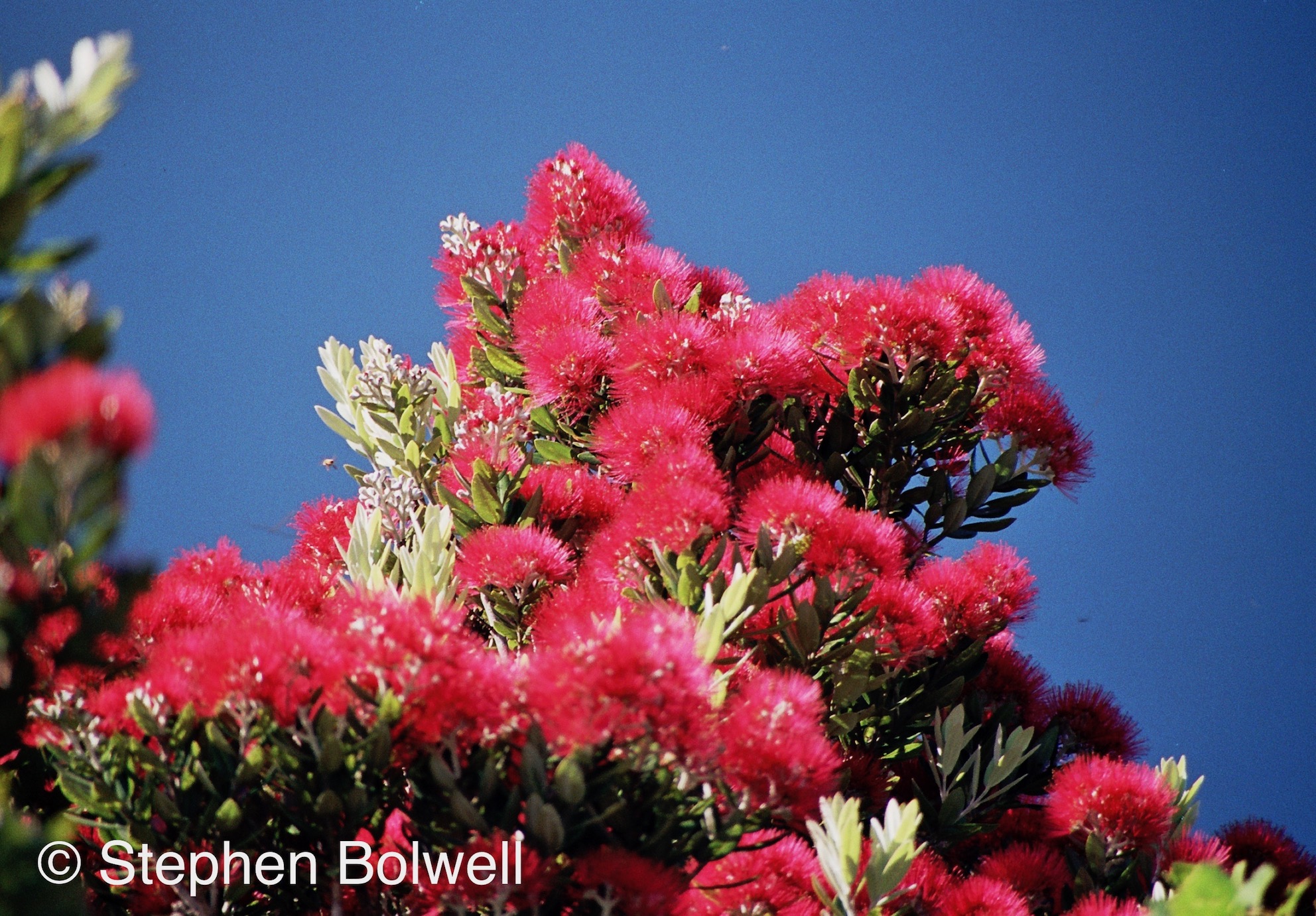
Inland natural habitats quickly begin to deteriorate and when you’ve moved to the opposite side of the world with the expectation of great natural beauty, it is disappointing to find environments trashed and the native flora and fauna seriously depleted.
Where did all the trees go?
When Captain Cook first sailed along the Huaraki Gulf off the Coromandel Peninsula he wasn’t just mapping the coastline, there was also an expectation that his expedition might find trees suitable for providing masts and spars to the British navy. The 20th and 21st day of November 1769 were days of discovery as Cook’s party took two longboats on an historic journey up the Waihou River. Cook mentions massive trees on the river banks in his journal, these later identified as kahikatea or ‘white pine’, Dacrycarpus dacrydioides. The party rowed ashore and measured a large specimen that ran to 89 feet (about 27 metres) to its first branch and at six feet from the ground, the trees girth was 19 feet 8 inches (almost 6 metres).
Later, the publication of Cook’s journal would bring major changes to the Hauraki area; within 25 years the region would be rapidly colonised by Europeans; the trees that Cook had written about felled, the surrounding lands drained and most of the natural forests replaced by farmland.
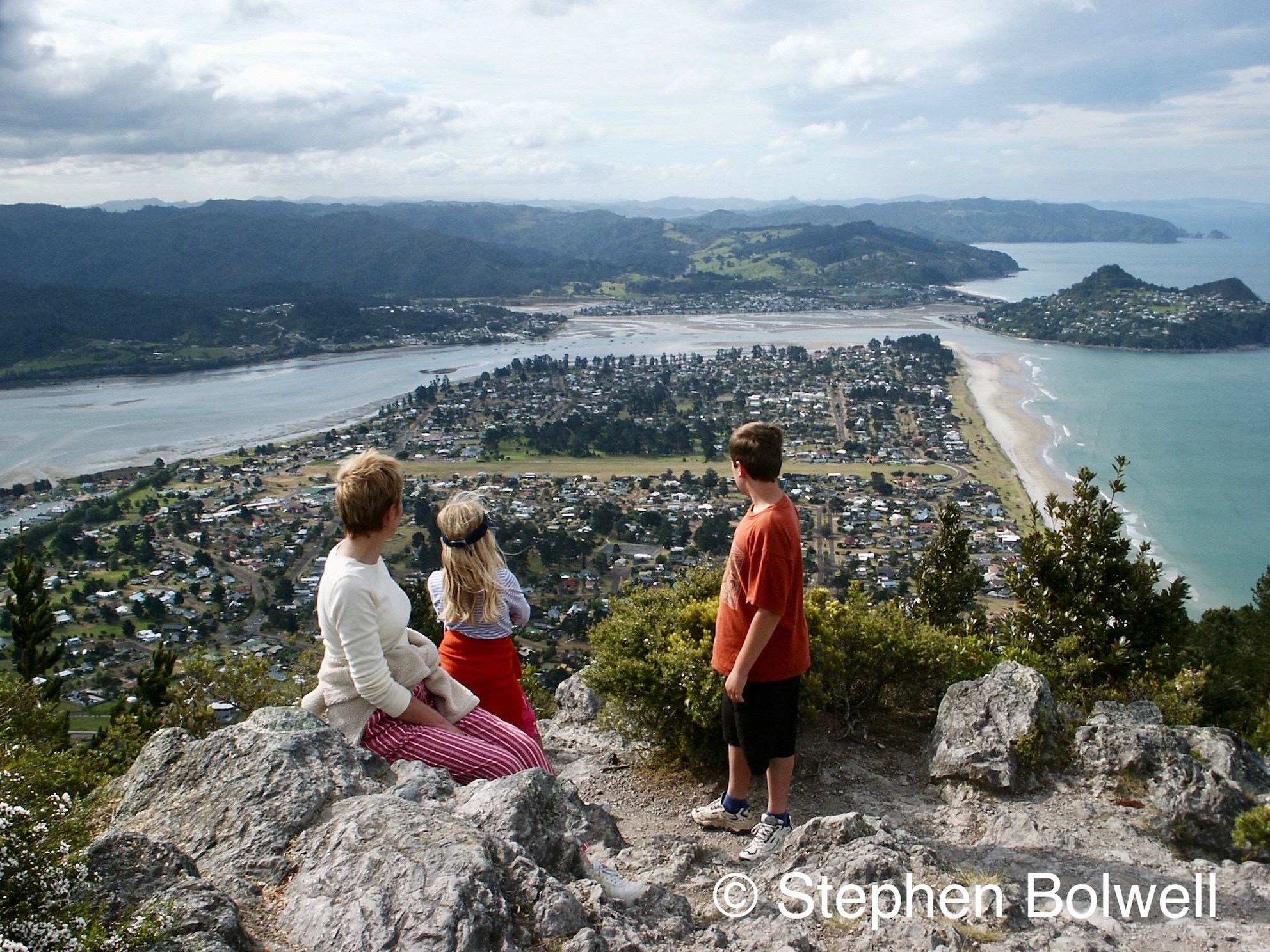
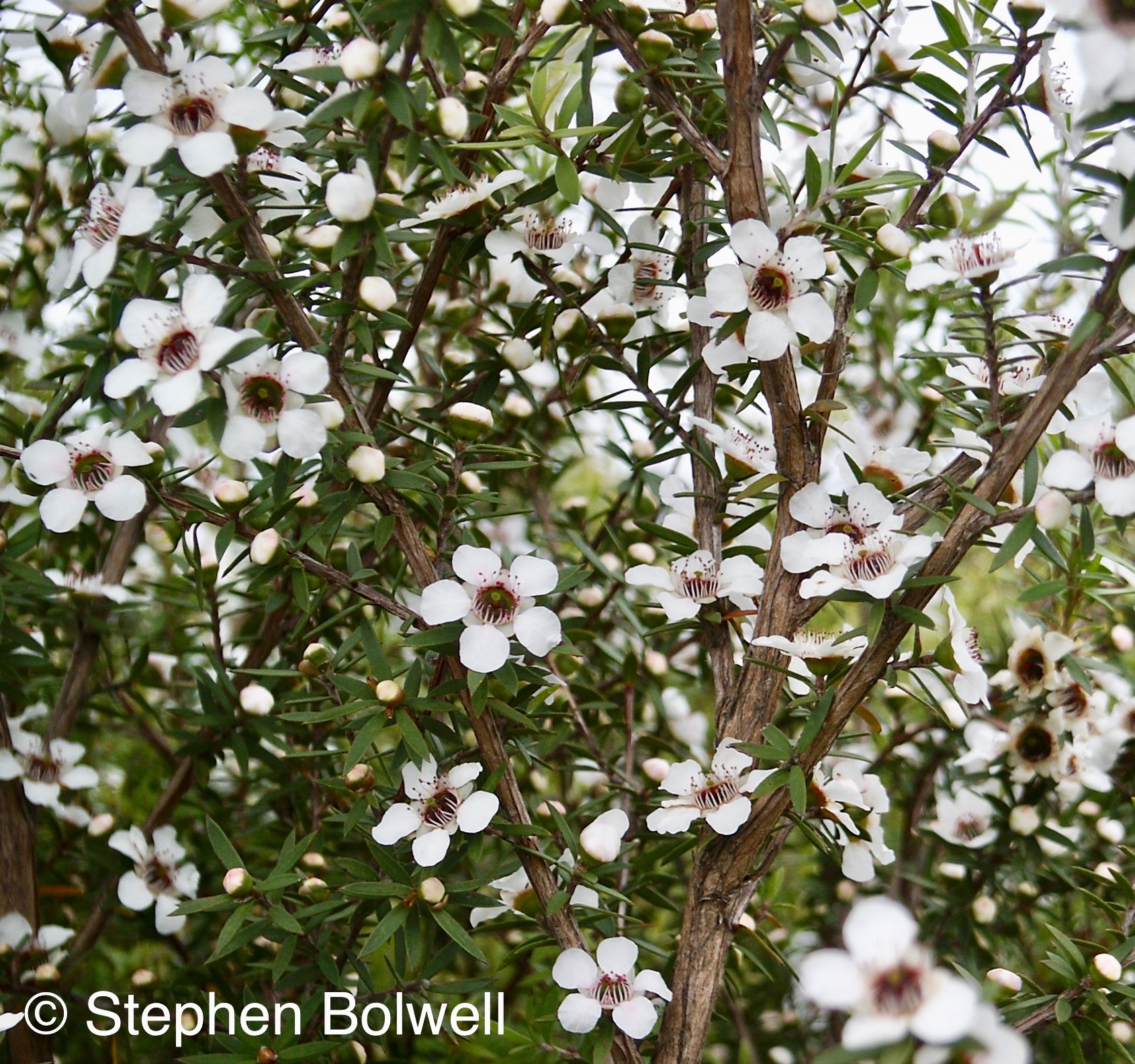
Few kahikateas trees survive today as large as the one that Cook described, and on first reading his account I wondered if the tree that had been measured was in fact a kauri. Kauris grow to become magnificent trees, and at that time there would have been no shortage of them. Left to themselves they might stand for thousands of years and reach a spectacular girth; younger trees were so clean and straight they quickly became a favoured choice as ship’s masts, although at the time Cook had not yet come across one. The diameter of the tree he described in his journal would have been around 190 centimetres and as there is a kahikatea still standing in Pirongia Forest (close to where we were living) measuring around 220 centimetres in diameter, the comparative figures make sense – the confusion existing in my mind because it is almost impossible to find kahikateas of this size and age still standing for comparison.
This great kahikatea in Pirongia Forest was once thought to be the tallest tree in N.Z. but that honour is now claimed by a kahikatea that when last measured in 2009 had reached around 55.50 metres in height (depending on whose figures you believe). It is sited much further south near to the Matirangi Forest in Taranaki.
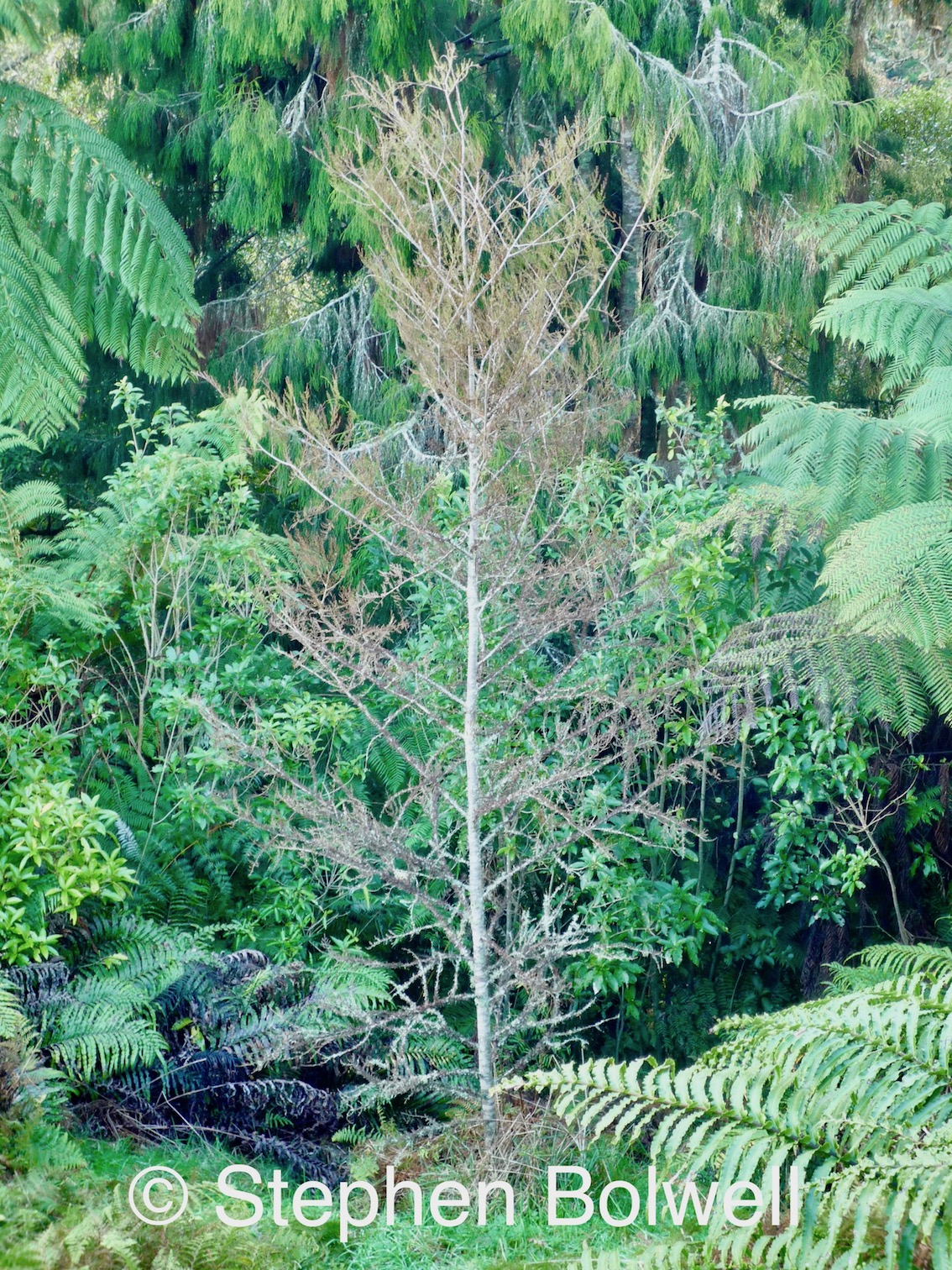
When we lived on the slopes of Pirongia Mountain, visiting friends would plant native trees on our land, amongst them kahikateas – which rewarded us by looking completely dead for several years – it’s just the way they are. This species was largely cleared from the once boggy surrounding lowlands of the Waikato as the wetland forest were converted almost exclusively to pasture.
In some places, the occasional kahikata had been left standing on pasture to provide shade for livestock, but a few years ago it was suggested that cattle gathering in this manner might spread facial eczema, and for that reason many of the remaining trees were felled. On the school run I’d mourn their smoking carcasses piled and burning for days. Removing them I think was a mistake – shade for livestock is essential during the hot summer months, but as any farmer might be inclined to ask – what do I know?
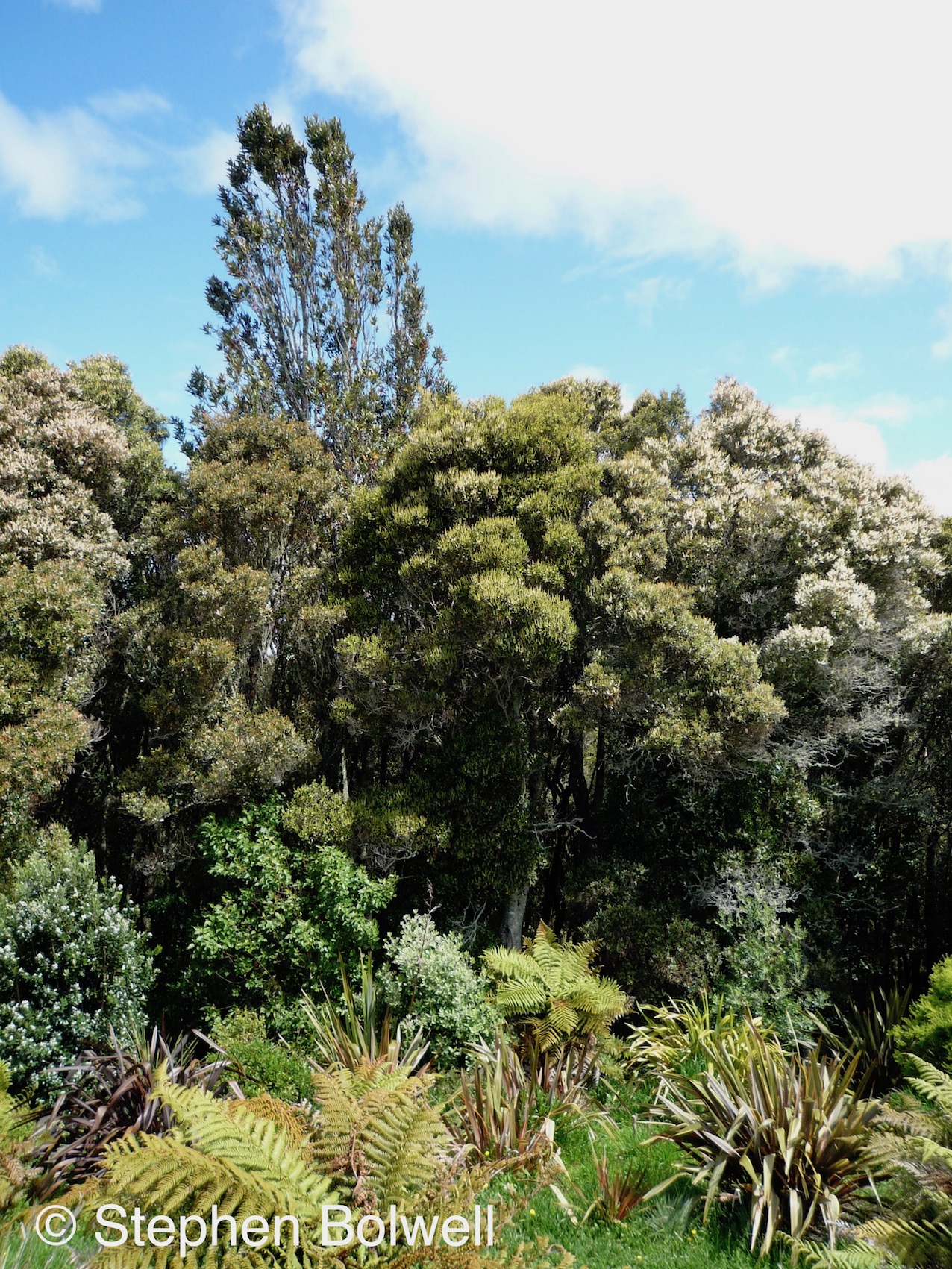
Certainly I was keen to see the trees back, as 98% of kahikatea forests are now lost, and without a reversal of policy in both drainage and land use the situation is unlikely to change. Some consider it immoral to return pasture back to natural habitat – a mind set that unfairly labels many New Zealanders as incapable of making a living from anything unless it can be shorn, milked or eaten.
When we arrived in 2002 there was no national Forest programme in place. Decisions were made regionally and grand old native trees were still being cut, even though outside of conservation areas there were very few mature native forests left. A Maori visitor told me that an old relative of his was busy felling an extensive area of native trees – he said, ‘There’s no point in arguing with the old B… He wants them gone. What can you do eh?’ A neighbour who had recently bought a large area of farmland close by told me that he had the right to cut a percentage of his remaining native trees, even though the previous owner had pretty much taken out most of what had been left standing. Essentially, the land had been asset stripped, and indiscriminately sprayed with herbicide, killing areas of natural bush, and generally poorly maintained. It was then sold on as real estate values rose. A win, win situation as land prices rarely go down.
Recent information from ‘Forestry New Zealand’ points out that N.Z. has one of the lowest levels of corruption and that both timber and timber products are produced legally through a strong regulatory environment. Well, that sounds great but when you live in the middle of nowhere ‘stuff happens!’
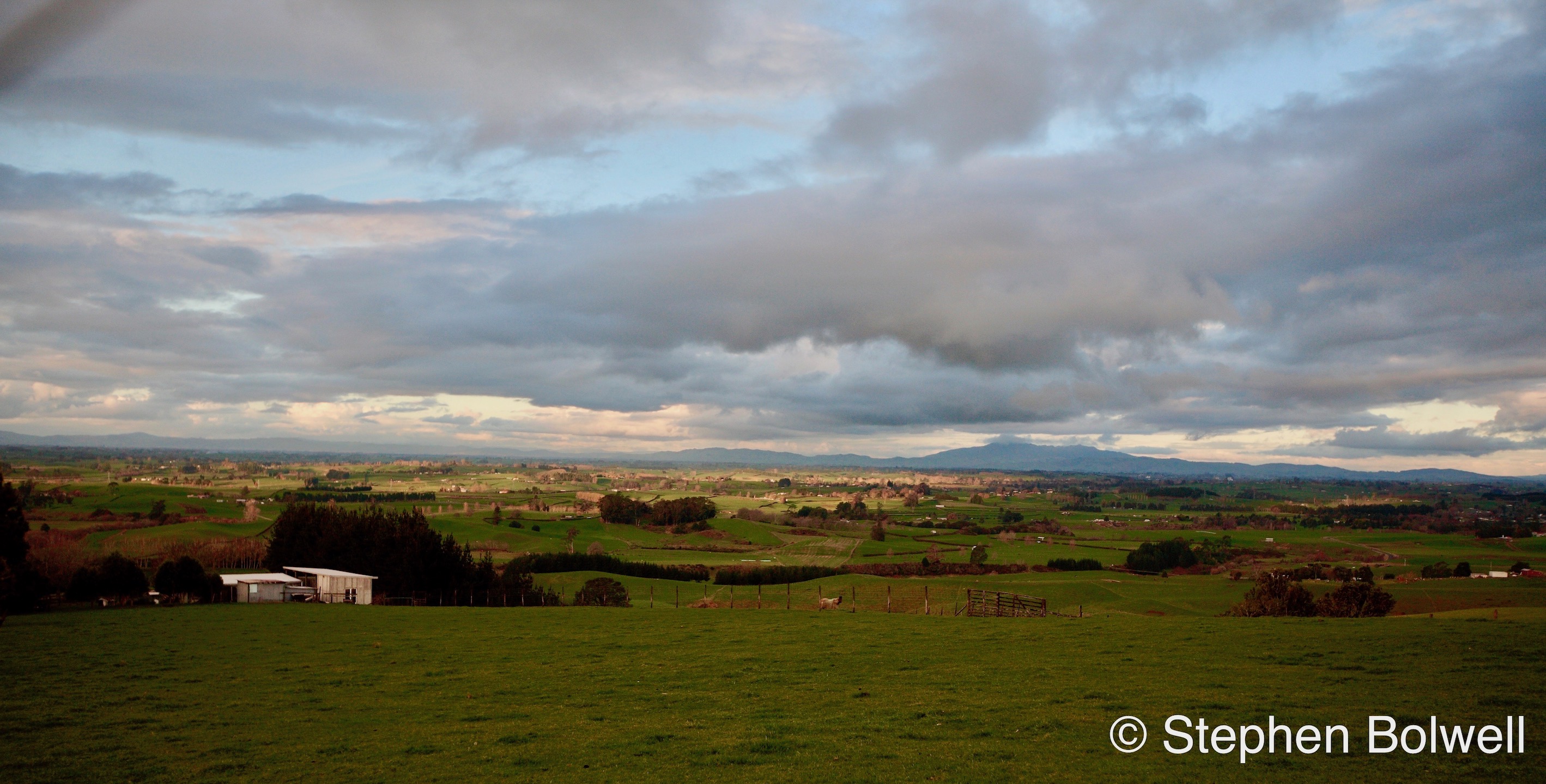
On arriving in New Zealand I thought it odd that there was a general acceptance native flora and fauna could only be preserved by fencing it off… shouldn’t the natural world be on the outside of the fence? The alternative was to place New Zealand’s unique natural wonders on small offshore islands after all of the troublesome mammalian introductions, such as stoats and rats, had been exterminated by mass poisoning. In fairness this has proven to be an essential short term measure, so inundated has the country become with introduced pests. Certainly, New Zealanders can’t be faulted over their good intentions when it comes to pest control, but there is no excuse for the continued decimation of native habitats as agriculture continues to expand into areas that are borderline as regards economic return.
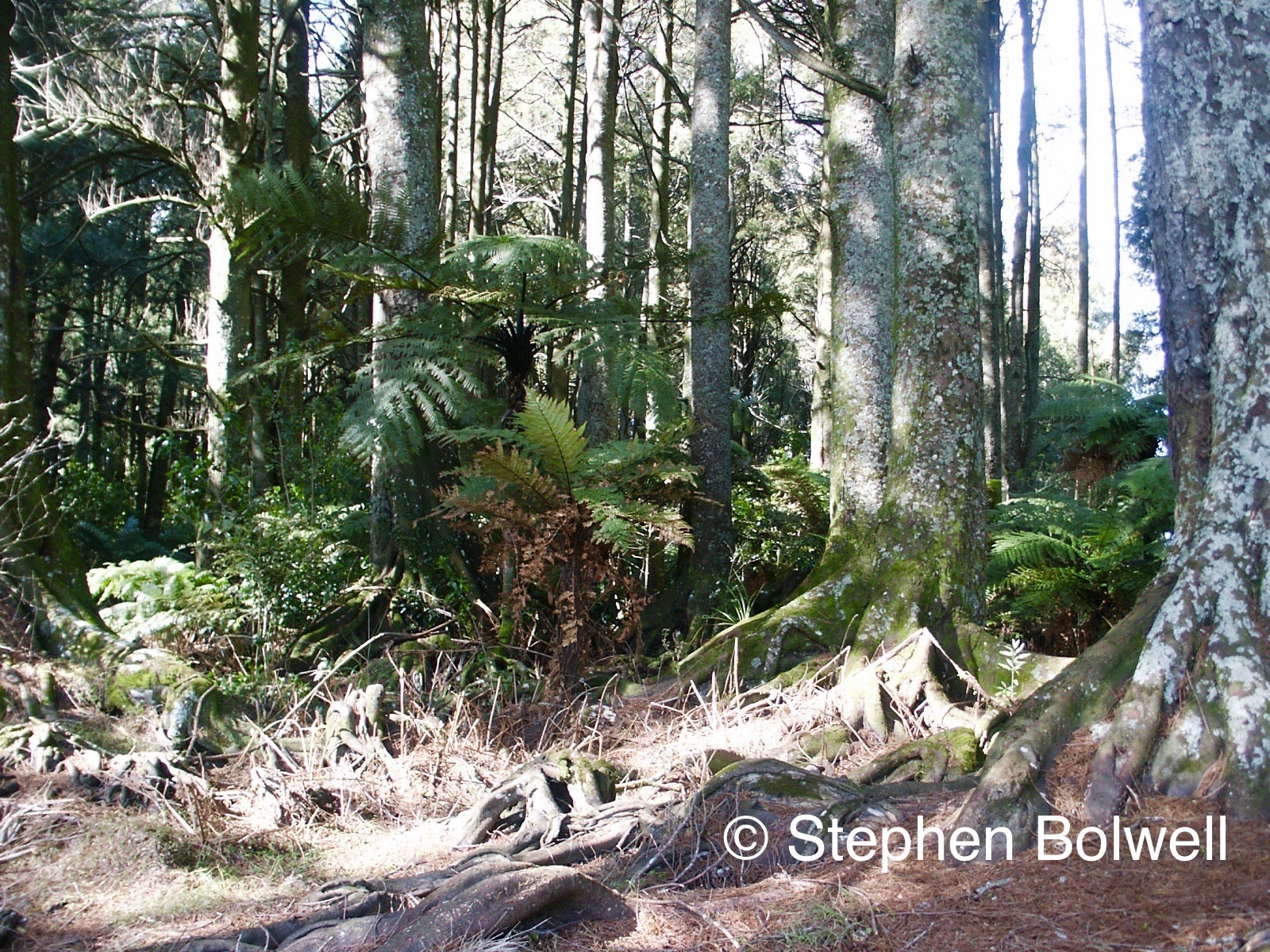
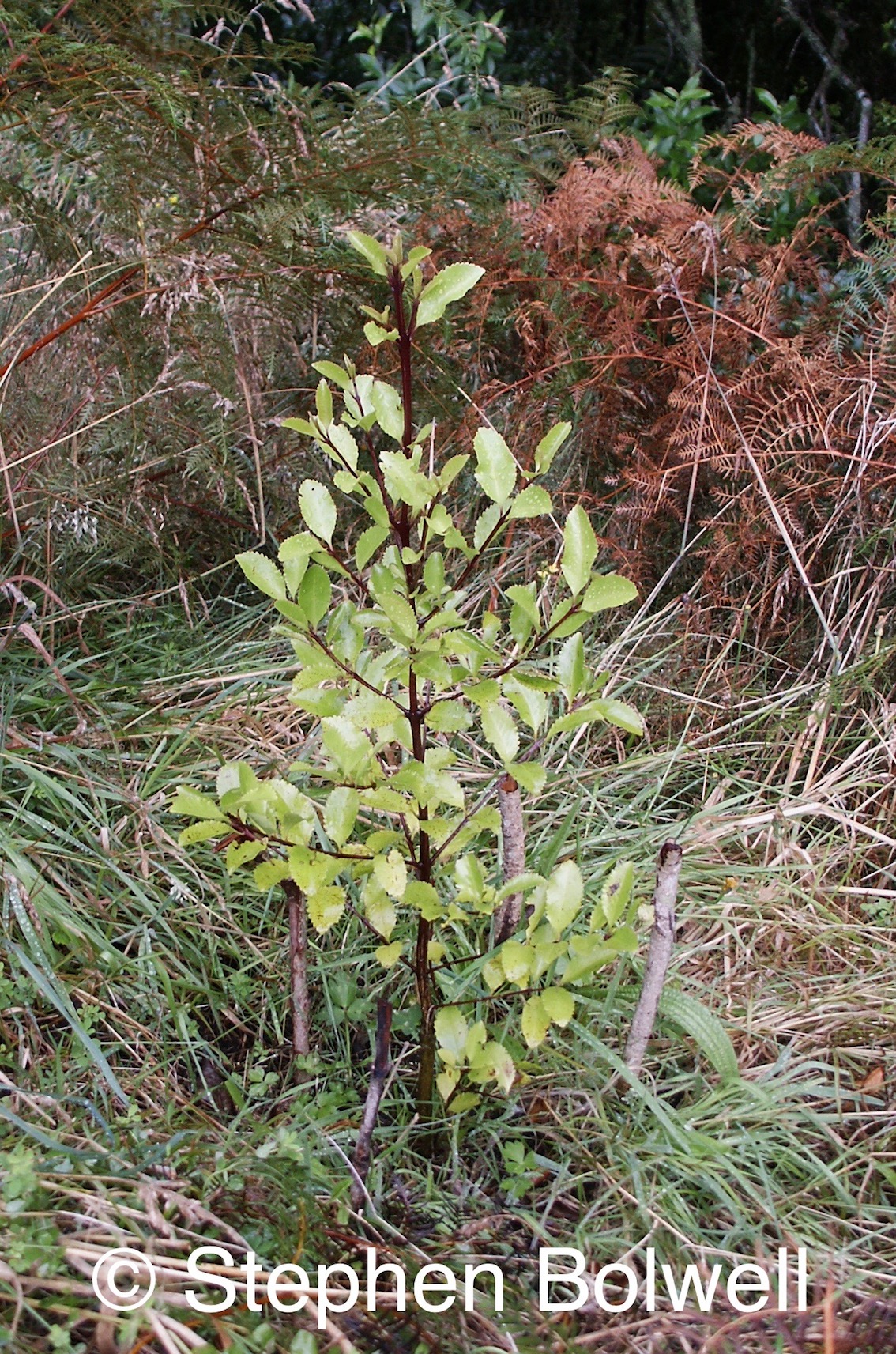
All of the seedlings that I planted were sourced locally – it took a couple of years to discover the particular preferences of pukatea – surprisingly they did not do well in the wettest areas close to the stream, perhaps because light was a limiting factor, but they did grow effectively at the top of the gully on retired pasture.
There was once a woodmill close to our bush, and by the time of our tenure most of the important old trees had been logged out.
The steep gully slope, close to where our house was sited, was supported by fairly mature kamahai and towhai trees which had only remained standing because their wood was quite useless – I was told by a local that had the trees been good firewood, they would have been felled long ago. In other places where there were no larger trees growing, the gully would occasionally slip away in wet weather. It really doesn’t make sense to cut mature trees on steep slopes and yet this is an activity that continues around the world, with often shocking consequences.
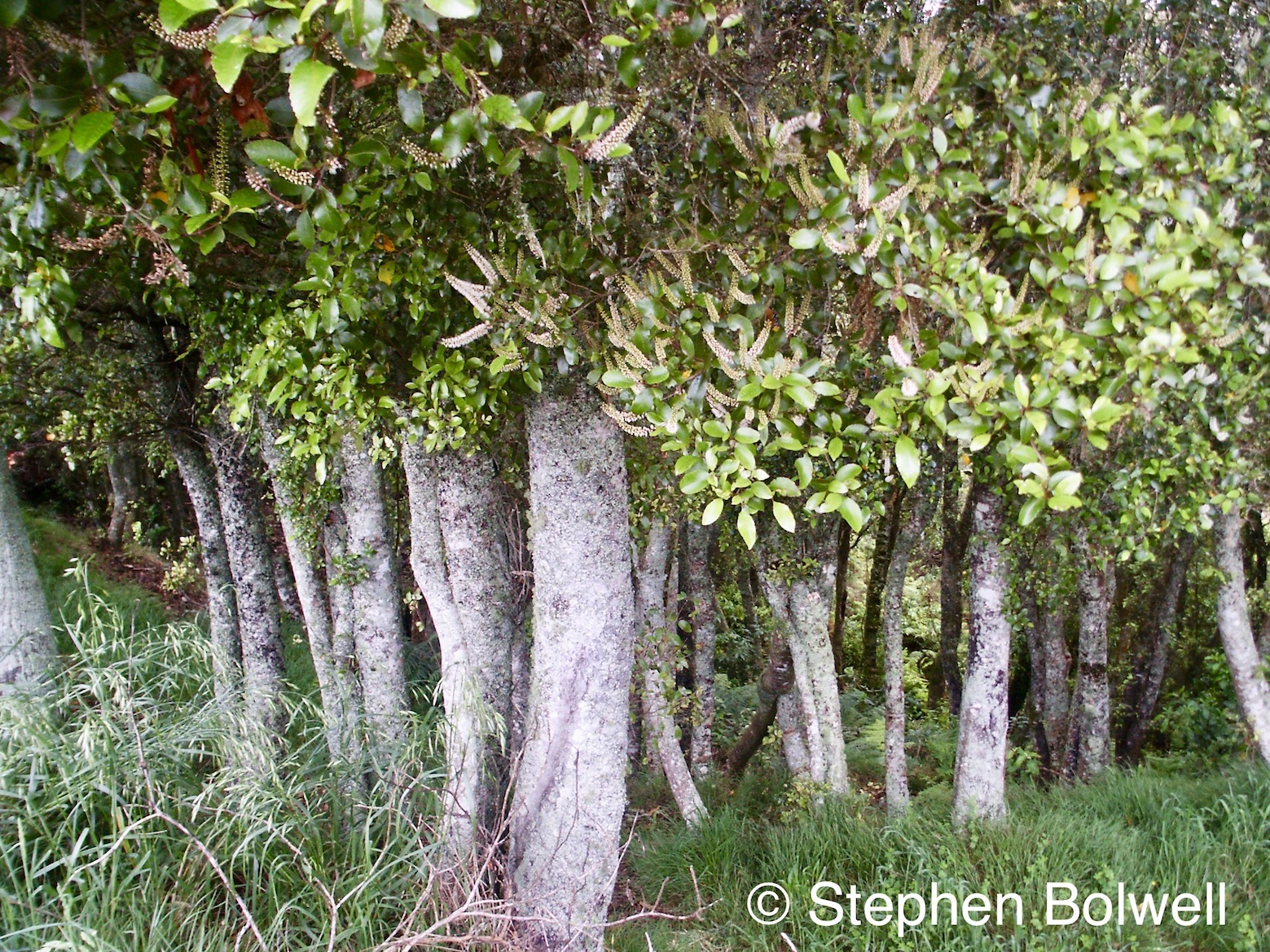
The presence of the trees also provided a roost for a couple of pairs of native pigeon, big birds and the only species surviving in New Zealand with a crop big enough to swallow seeds from the larger tree species that had mostly been lost from our tract of bush.
Stock animals would wander down to the stream and surrounding bush, but we put a stop to that. After a couple of years without grazing, large numbers of seedlings began to grow in the understory, carried in as seeds and excreted onto the forest floor by our welcome avian visitors.
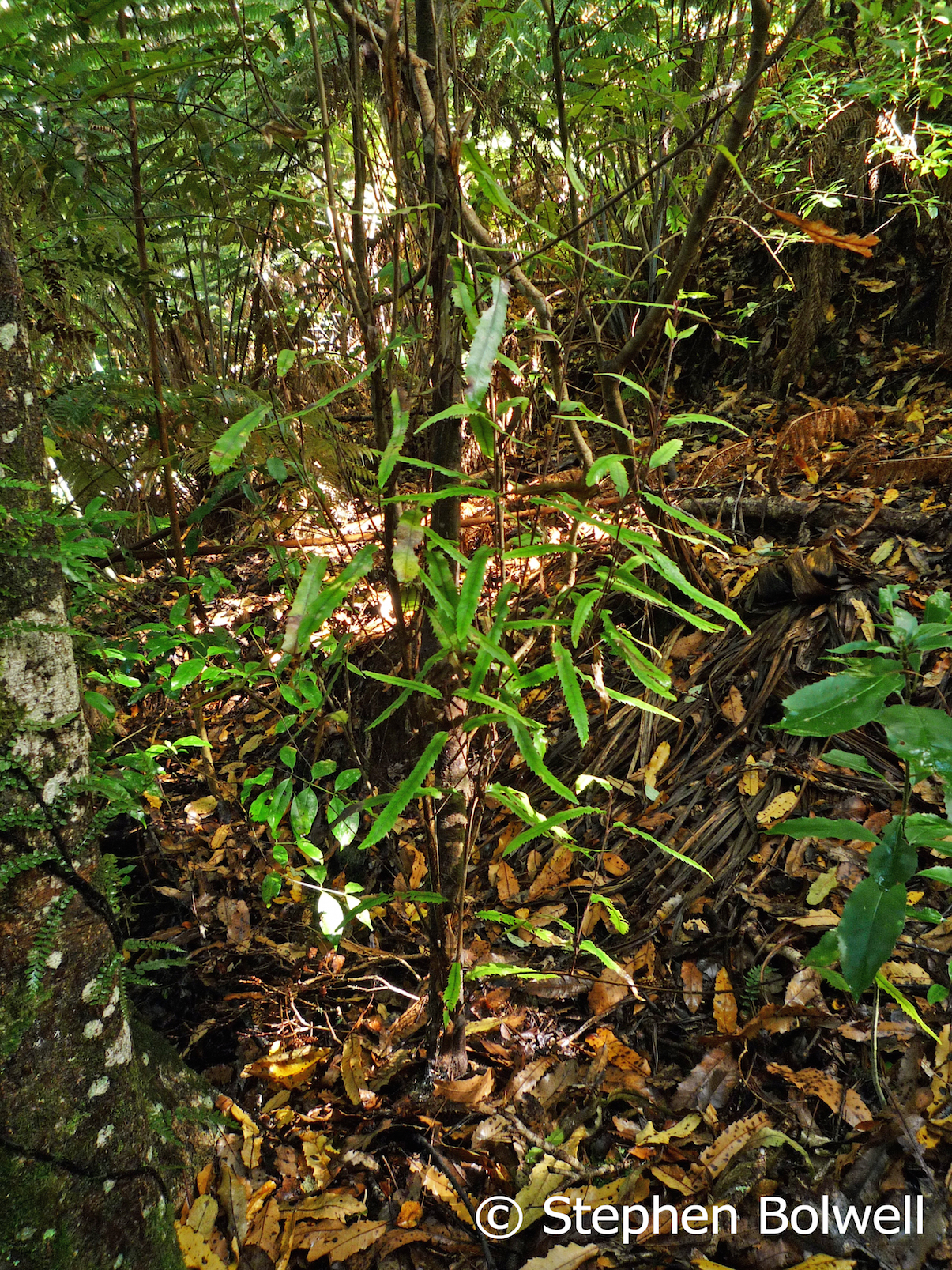
The dense mass of seedlings growing in open spaces in the understory will eventually sort themselves out by competing with one another, but it could be a hundred years before the winners crowd the losers out. As new generations of people come to live in the house they will experience different stages of the forest as time passes, and in two or three hundred years the habitat will begin to get really interesting – but only if we humans stops messing things up as effectively as we presently are.
Hopefully, little pockets of forest like this will survive undisturbed elsewhere, until eventually much larger forests develop to full maturity. Native forests perform various important functions – in particular they provide habitats for other native species; and will also lock up carbon and slow the present increase in land temperatures. All we really need to do is allow them to exist without interference by keeping stock animals out and avoid the temptation to rush in and chop mature trees selectively. This requires a very different mindset from the short sighted approach we presently exhibit…. who knows, it could happen, but I’m not holding my breath.
When researching native trees I was concerned to discover that almost none of the original buildings in our local town had been preserved… Obviously a case of local indifference… but sometimes a little knowledge is a dangerous thing – it soon became apparent that there was a good reason for the lack of historically significant structures – most of the buildings had been made from kahikatea timber – a wood that rots out very quickly. Local Maori would have known this, but probably nobody thought to ask them as they were often in conflict with the first European settlers, and might have been disinclined to offer useful information. The wood did however have one thing going for it – no discernible scent, and this proved ideal for the making of boxes for the transportation of butter.
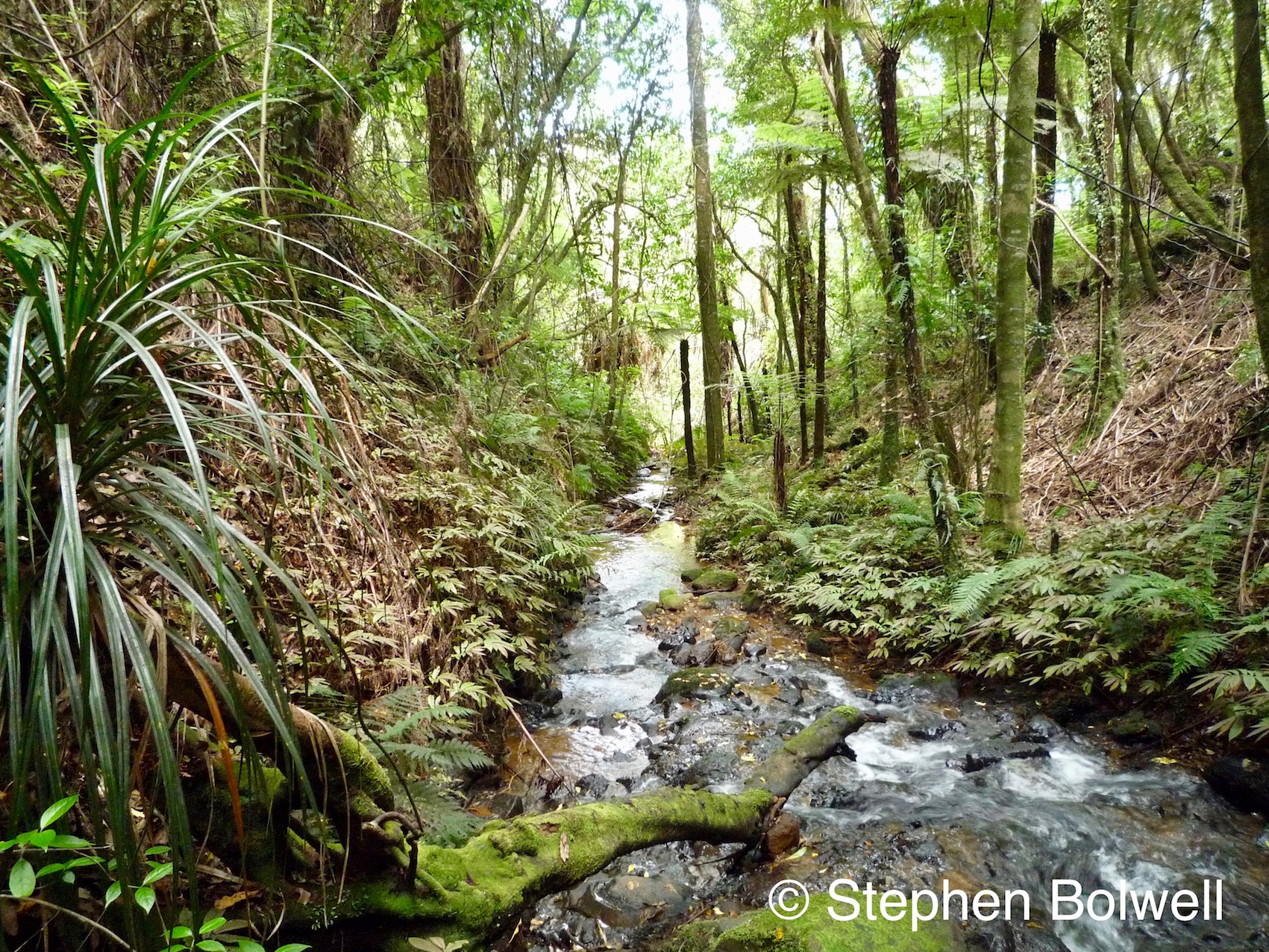
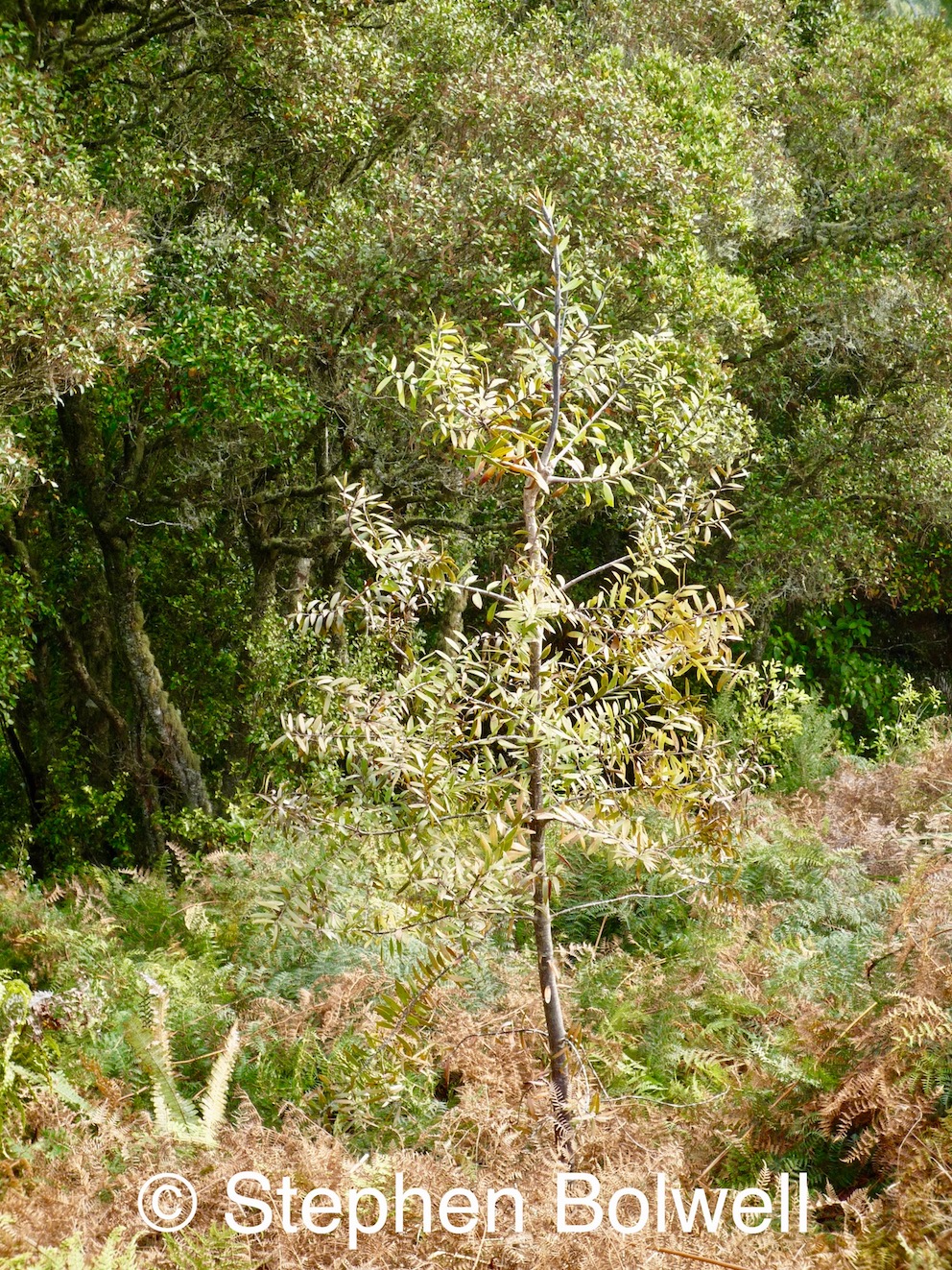
On the Coromandel the large scale plunder of kauri forests started in earnest back in the 1830s. It was commonly referred to as an ‘industry’, although the almost complete destruction of a unique ecosystem might more correctly be described as a tragedy, but it was correct in one sense in that the destruction was on an industrial scale. By the end of the 19th Century 75% of the forests had been felled, yet the rate of cutting would increase for a while. In the end it would take little more than a hundred years to destroy forests that had been in existence for perhaps 20 million years.
Many tree species had been logged out in our bush, and I re-established them over an eight year period between 2002 and 2010, including several kauris planted on forest margins, previously sheep pasture. Kauri have recently suffered from a disease known as dieback for which there is presently no cure, and there can be no harm in having small stands of these trees in out of the way places as an insurance for the future.
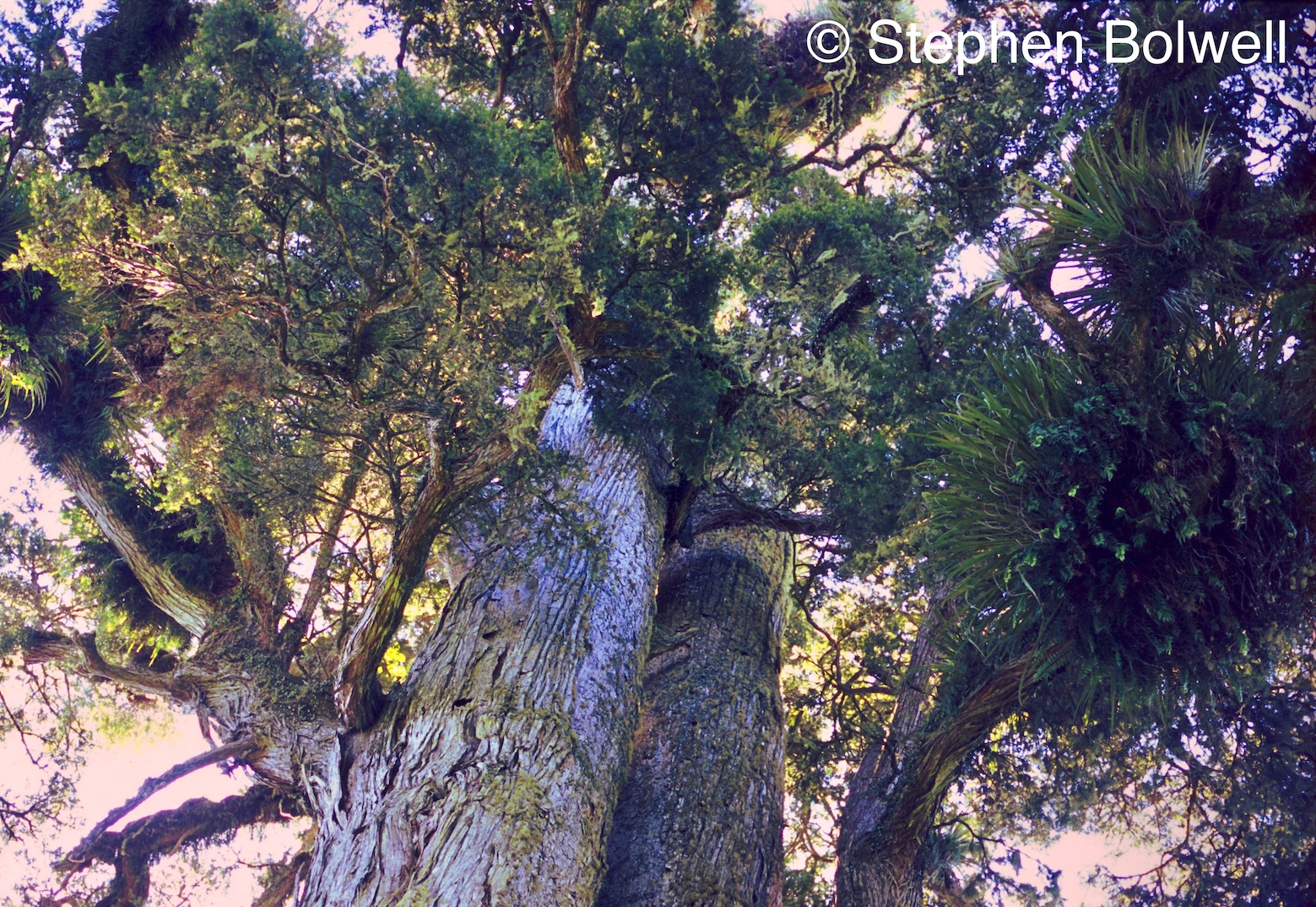
There are few big old trees standing now that haven’t been given names and that’s a bad sign. When people can remember the names of every big tree in a forest there’s probably an environmental crisis. Big trees on a grand scale can now only be found in conservation areas much reduced in area from their original forest size.
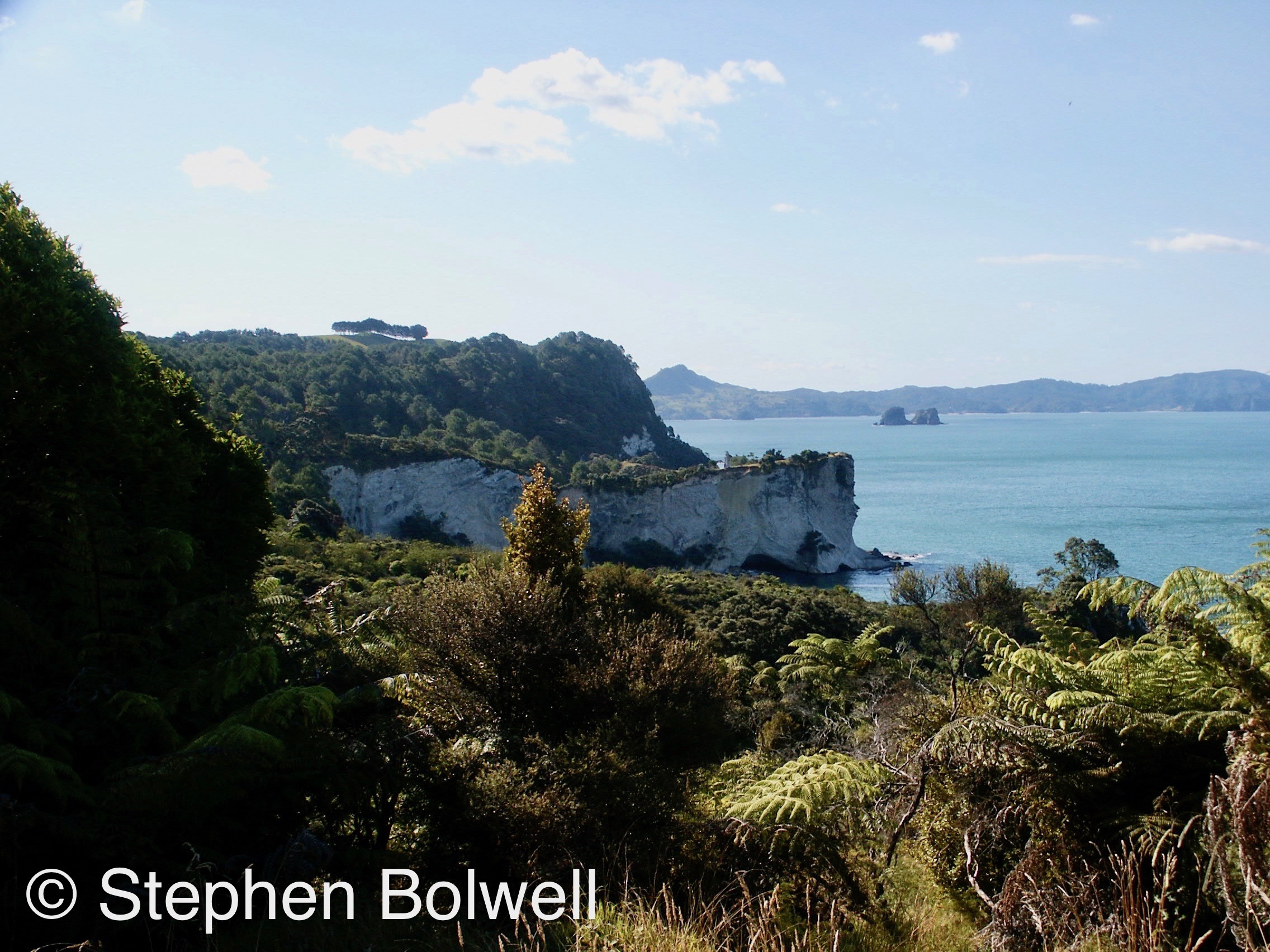
The double whammy for kauri on the Coromandel was the discovery of gold in the mid-1900s. Just when kauri seedlings were beginning to start another forest their top soil was blasted away in search of a metal considered far more precious than natural bio-diversity.
Extracting gold has in the past been a dirty process and has involved considerable changes to the landscape, with the use of a great deal of water and rather alarmingly, liquid mercury – the worst news imaginable not only for people but also the environment. Then in 1898 the cyanide process was trialed for the first time at Karangahake on the Peninsula. This involved using dilute sodium cyanide to dissolve and separate gold from its ore and is still in use today. Commonly, tailings ponds are utilised to allow for settling with the water then available for re-use, but now and again there have been breaches that can cause environmental problems, and the ponds themselves are not ideal places for sustaining wildlife. Mining companies however manage to put a positive spin on the use of cyanide, because cyanides do not cause cancer or build up in the food chain, neither do they persist in the environment as some pesticides do; eventually breaking down in sunlight.
However, when things go wrong, there is an obvious cause for concern, either from airborne hydrogen cyanide or the contamination of water supplies. That’s not to say that all goldmines are potential environmental disasters, but I wouldn’t want to live next to one. Gold, of course, has easily definable important industrial uses, but if we are going to keep most of it in vaults or under our beds, we might just as well leave it in the ground… What a ridiculously common sense idea.
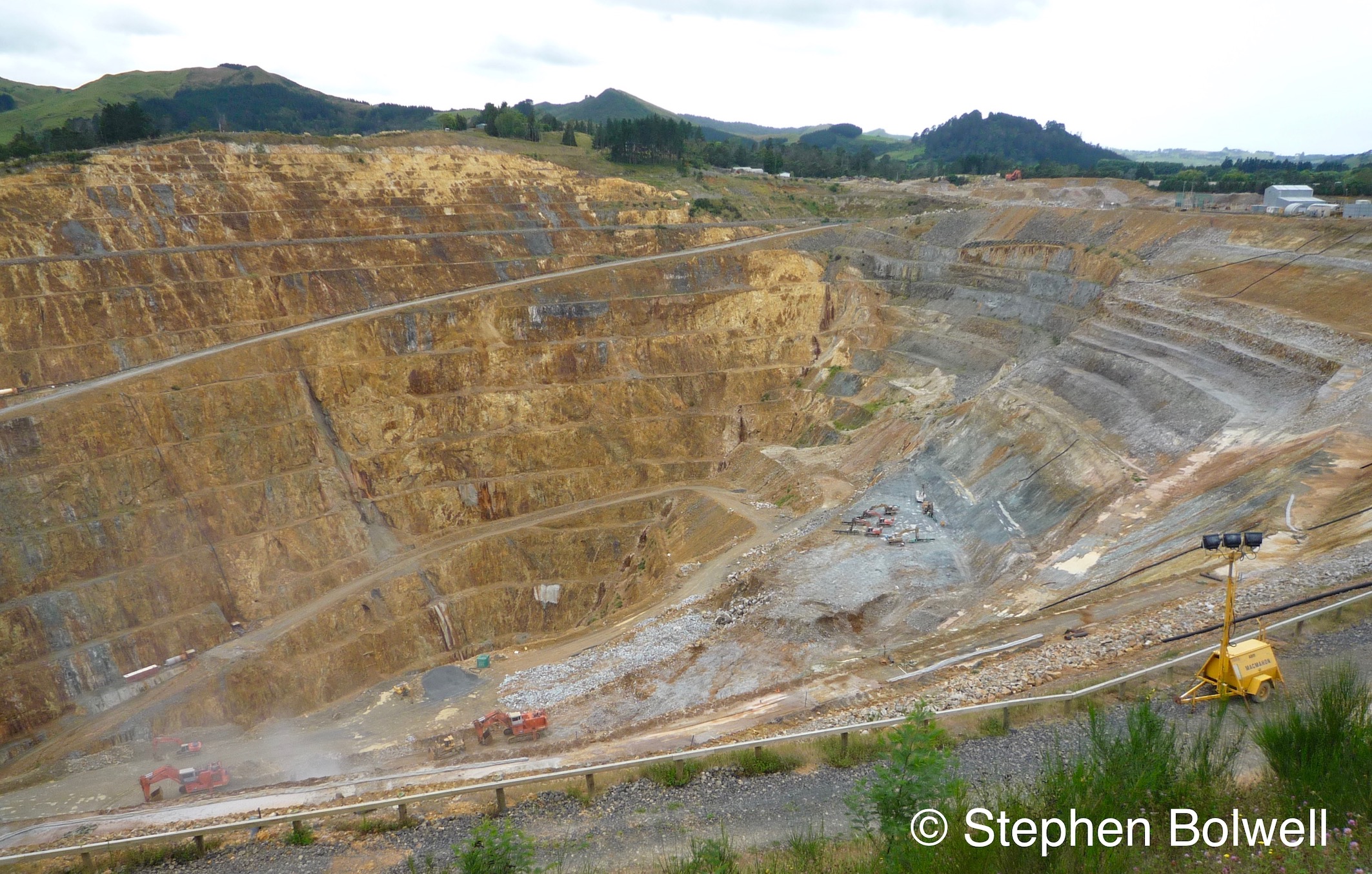
Just a few hundred years ago the Coromandel was a great natural wonder. Maori certainly made their mark, but after the arrival of Europeans, things got worse. Logging, and later, the extraction of gold by blasting the land surface with water, was followed by chemical extractions that could seriously damage biological systems, and finally large areas of the peninsula have been converted to pasture. All of this has resulted in a wide scale environmental disaster that many chose to ignore, or at least fail to notice.
Now that things have settled down and the region expansively clothed in either pasture or monocultures of pine, so much of it looks just like a long distance relative of Britain, but in the past it has been so much more. Many people still love it, but historically little respect was given to its once unique and pristine environments. The Coromandel clearly missed out on the care that it more properly deserved and I don’t understand why people aren’t angry about it. The destruction happened recently and over a comparatively short time, nevertheless, many New Zealanders have no understanding of how their country once looked. And, if you point this out…”Well, what can you do? It’s the same everywhere isn’t it?” is a common response.
It is anathema now to suggest that we should be responsible for what happens around us; an attitude that makes almost anything more or less O.K.. But if natural environments are to survive in the years to come, ignoring all the stuff that we’d rather not think about isn’t the answer.
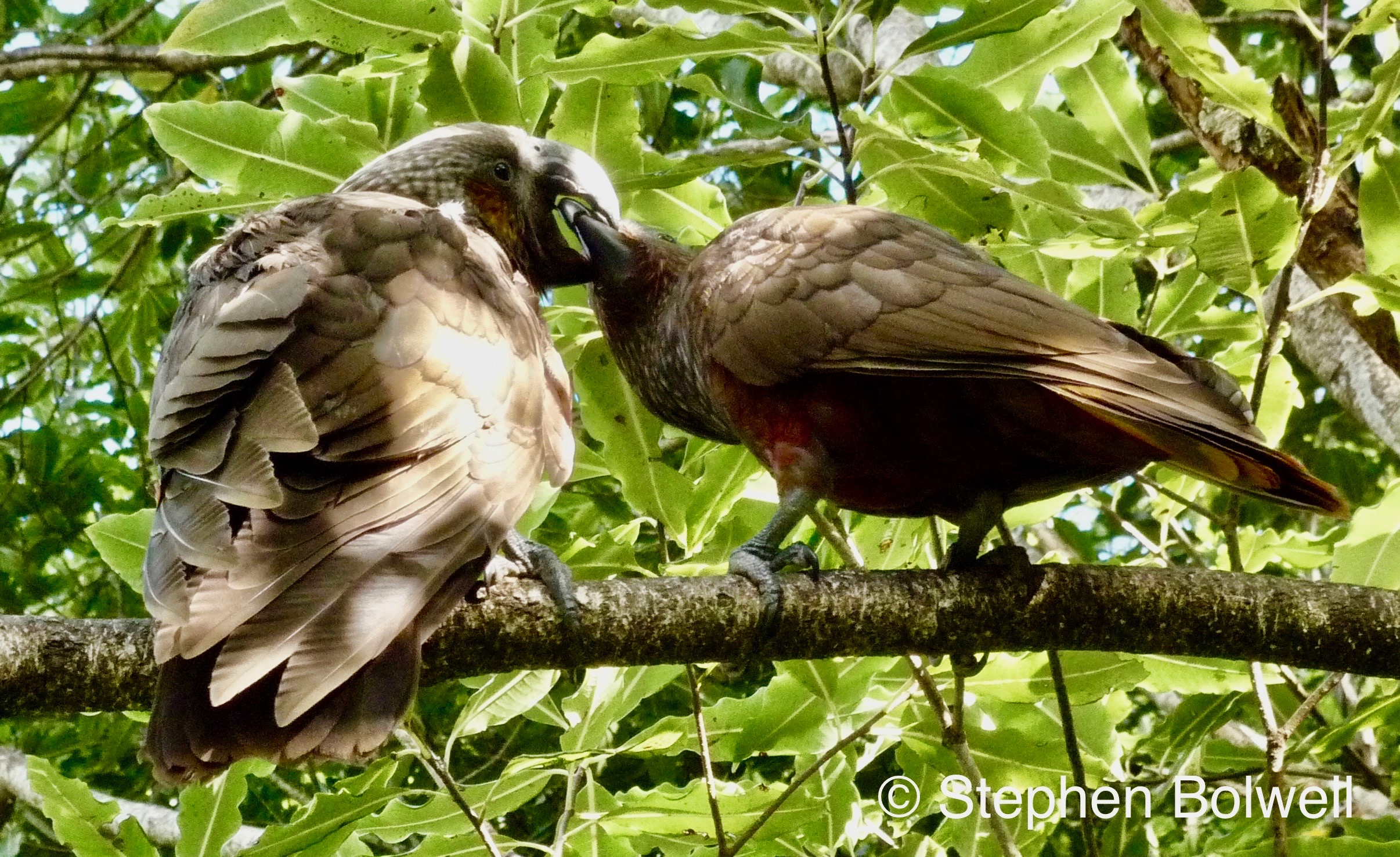
Clearing out the pests is just the start, the next stage will be to reinstate New Zealand’s forests. Maybe people refer to any natural area as ‘bush’ simply because there are so few mature trees left and so it is difficult to realistically call them ‘forests’. At least some recognition of this will be necessary before there will be any significant change.
If cameras had been around when Cook was exploring remote places unknown to Europeans, would pictures of magnificent forests have changed attitudes towards chopping them down… Probably not, because we have great pictures of Indonesian rain forest now and the wonderful plants and animals that live within them, but nothing much changes – presently, palm oil plantations take precedence over natural bio-diversity… It doesn’t make sense, but if there are still great forests with grand old trees standing within them, then it’s worth taking a picture, because one day there will be deniers who will try and tell us that they were never really there.
To follow: PART 2. The Downside of Pacific Islands – The Disappearing Species of Hawai’i.
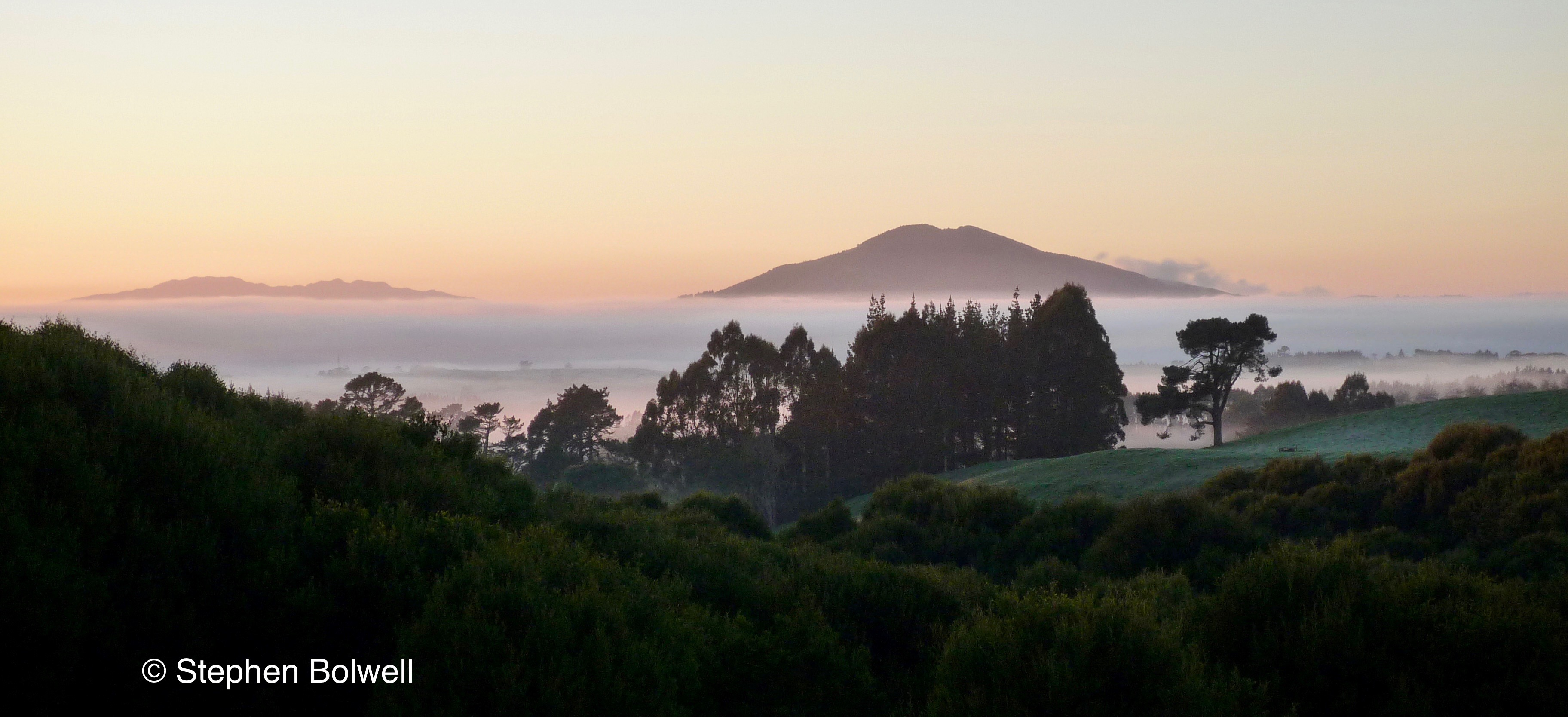
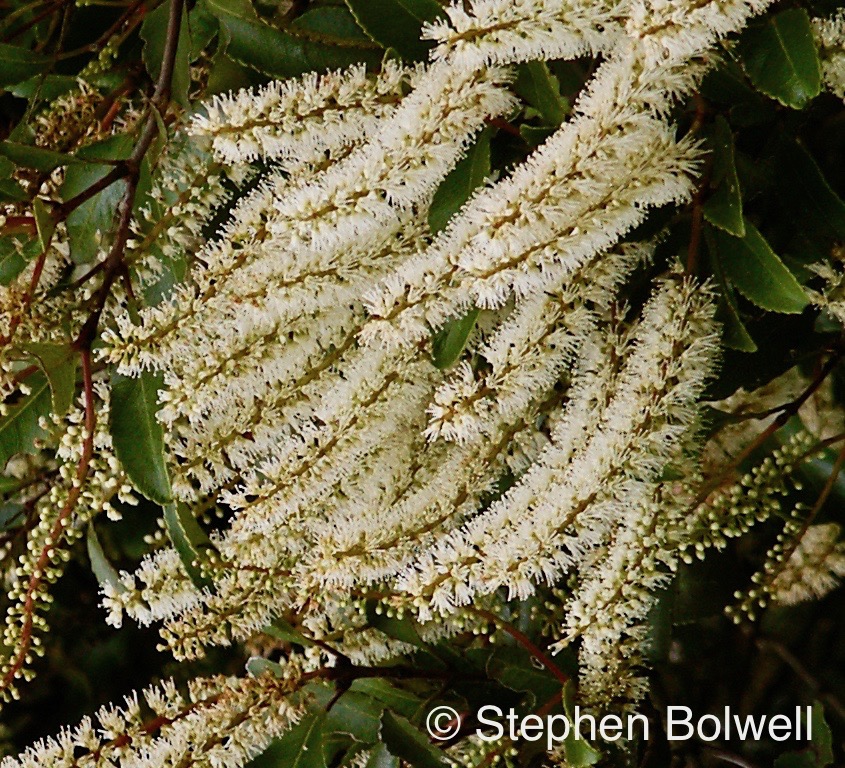
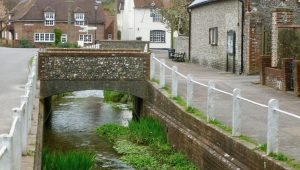
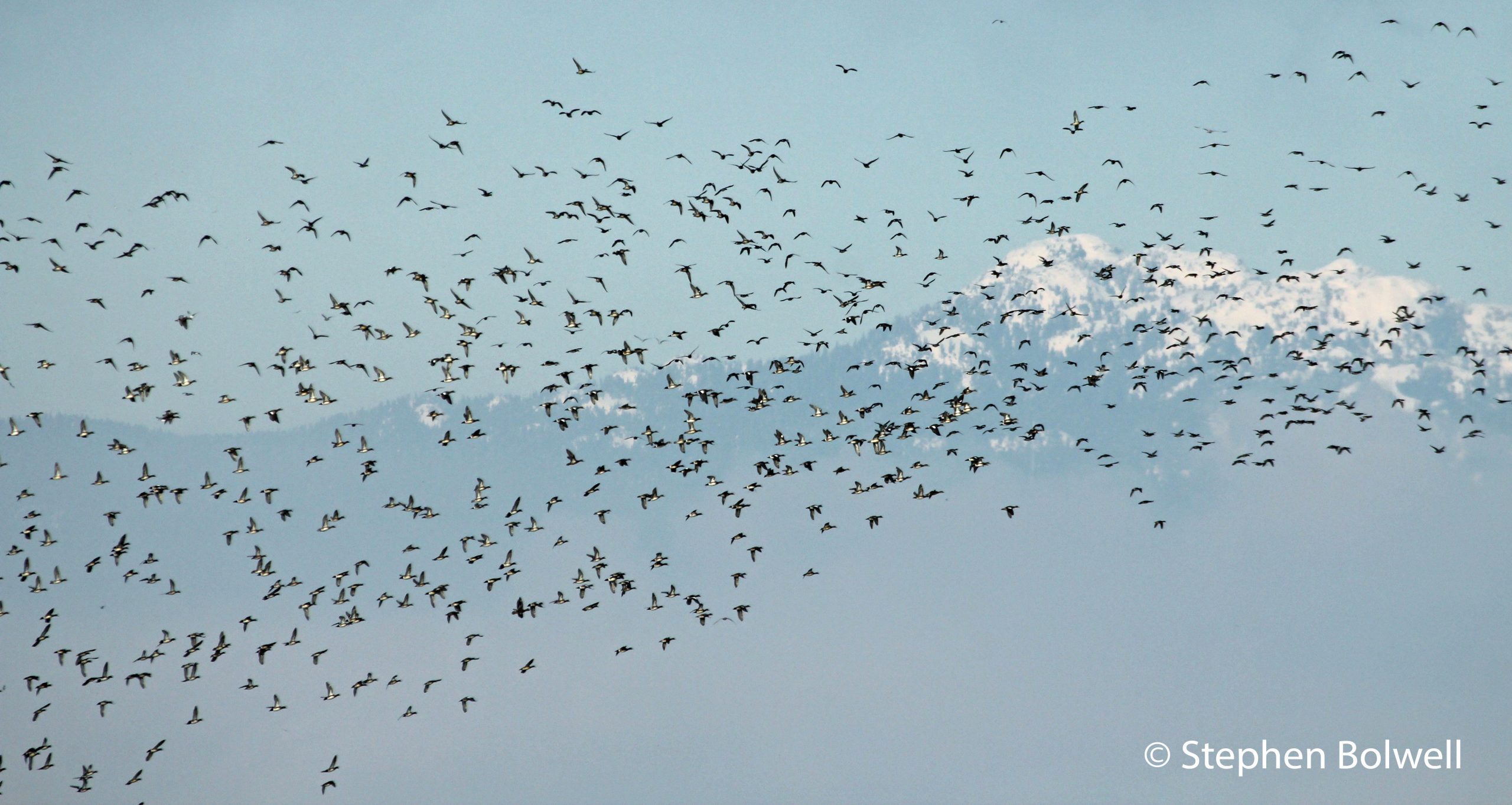
Hi Stephen,
I stumbled across your You Tube video series about NZ native trees, planting etc… great work!
I was just wondering whether you have a general diagram/ map of the native trees you planted around your home? and if so could I obtain a copy – I am looking to do something very similar.
Thanks again
Tom
Hi Tom, I am sorry for the delay in responding. Things have been hectic of late and it has taken a bit of time to put something together that might be useful. I will e-mail it to you – please respond here if it doesn’t show up. Best wishes, Stephen.
Thanks, Lien Bethea for stephenbolwell.com